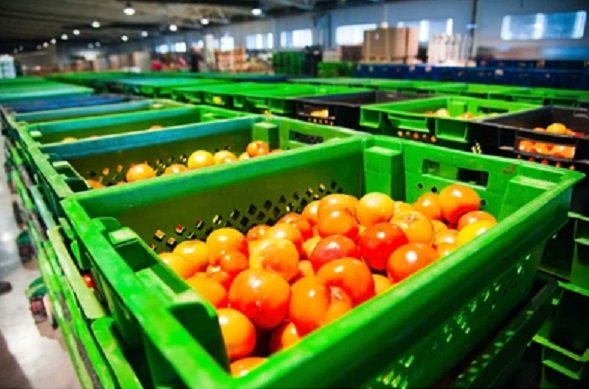Global organic fertilisers market estimated to reach $19.88 billion by 2029
The global organic fertilisers market is expected to reach $19.88 billion by 2029, at a CAGR of 11.6 per cent during the forecast period 2022–2029
According to a new market research report titled, ‘Organic Fertilizers Market by Source (Animal, Plant, Mineral), Form (Dry, Liquid), Application Method (Broadcasting, Fertigation, Foliar Application), Crop Type (Cereals & Grains, Fruits & Vegetables), and Geography – Global Forecast to 2029’, the global organic fertilisers market is expected to reach $19.88 billion by 2029, at a CAGR of 11.6 per cent during the forecast period 2022–2029. Also, in terms of volume, the global organic fertilisers market is estimated to grow at a CAGR of 6.7 per cent during the forecast period to reach 38,570.5 KT by 2029.
The demand for organic fertilisers is growing across the globe. Organic agriculture serves multiple functions. It is an important tool to achieve ‘green productivity’ in agriculture. It also mitigates the negative impact of conventional input-intensive agriculture by excluding agrochemical inputs from the production system, minimising environmental pollution, promoting the reuse & recycling of organic farm waste and crop residues, improving biodiversity, and enhancing soil productivity.
Furthermore, the effects of the COVID-19 pandemic on the organic fertilisers market have been noticed since early 2020 in China, one of the world’s largest producers and consumers. The shutdown of production plants in China and restrictions on the export and import of organic fertilisers & raw materials, particularly animal waste to and from China’s restricted areas, affected the supply chain. This scenario impacted the production, sales, and operations of this industry. The pandemic affected the organic fertilisers market in many countries, including the US, India, Australia, Brazil, and the EU-5 countries. In India, many fertiliser plants have shut down or are operating at reduced capacity due to the countrywide lockdown leading to substantial losses in the domestic organic fertiliser production.
The global organic fertilisers market is expected


